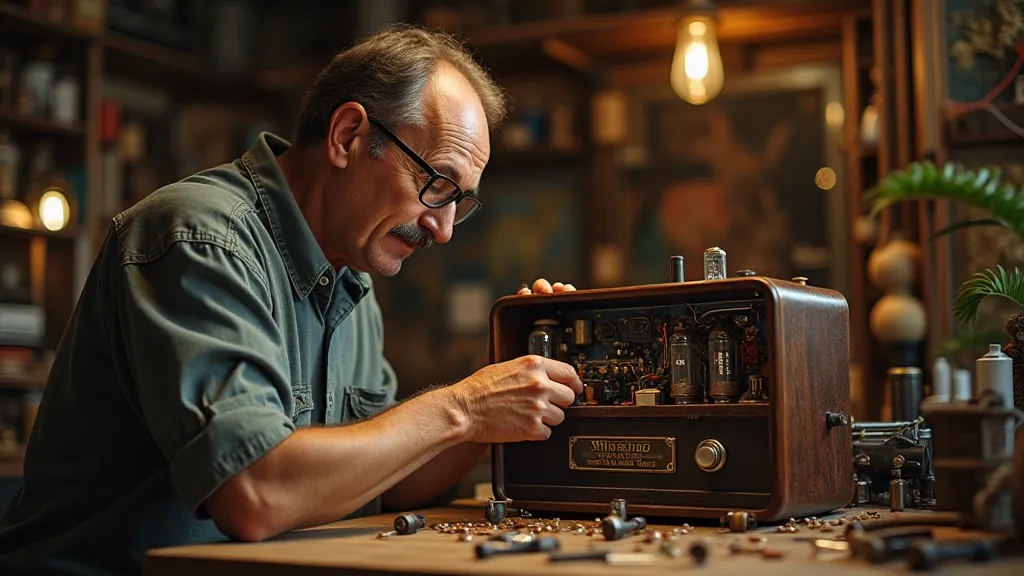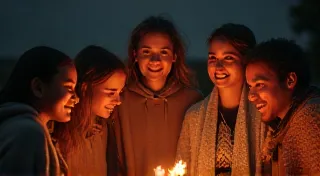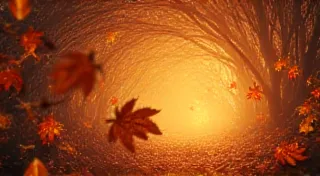Resonance of a Bygone Era: Exploring Radio Drama and its Cultural Impact
There's a peculiar magic that clings to antique radios, a sense of echoes whispered across decades. It’s more than just the hum of tubes or the click of a tuning dial; it's the memory of a cultural cornerstone – the Golden Age of Radio Drama. Before streaming services and immersive video games, there was the radio, and within it, whole worlds unfolded. These weren't just entertainment; they were shared experiences, cultural touchstones, and for many, a crucial source of news, music, and human connection.
My grandfather, a quiet man of few words, would often speak of listening to “The Shadow” with his family huddled around their Philco console. He’s gone now, but the image remains vivid: the warm glow of the tubes, the shared anticipation, the collective gasp during a particularly dramatic plot twist. He wasn’t just listening to a story; he was immersed in a community, bound by a shared narrative. It's a feeling almost impossible to replicate in today's fragmented media landscape.
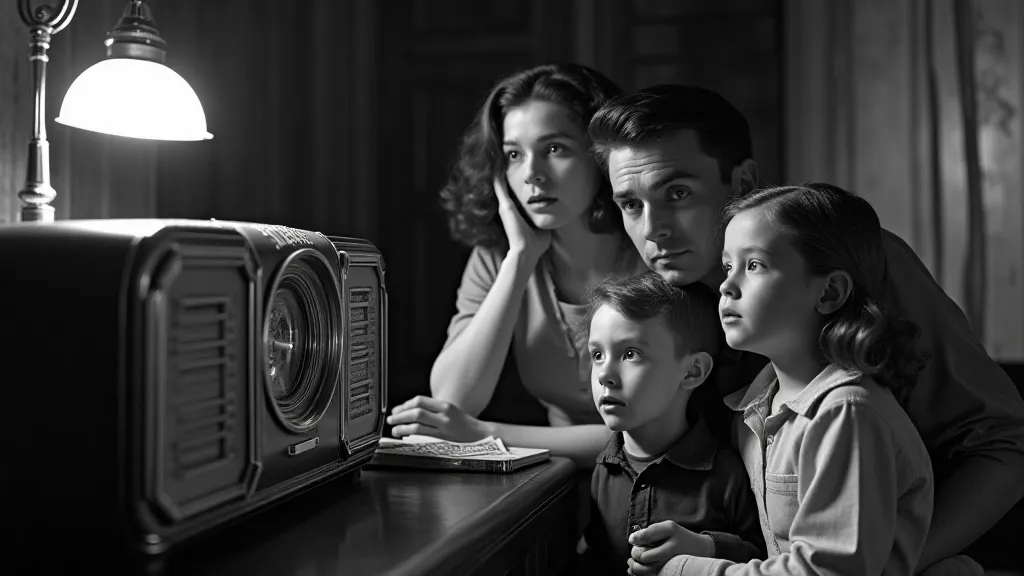
The Rise of Audio Storytelling
The 1930s and 40s were a period of unprecedented growth for radio broadcasting. The Great Depression brought people together, offering free entertainment and a much-needed escape from hardship. As radio ownership surged, networks like NBC and CBS capitalized on the opportunity, developing elaborate theatrical programs that captivated audiences across the nation. Unlike the visuals we rely on today, radio dramas demanded an entirely different kind of storytelling – one that prioritized voice acting, sound effects, and evocative language to paint vivid mental pictures.
Early programs often adapted popular literature, stage plays, and even films. “The Mercury Theatre on the Air,” featuring Orson Welles and a talented ensemble cast, famously caused widespread panic with its broadcast of “War of the Worlds” in 1938. While the event became infamous for the misunderstanding it created, it also showcased the immense power of radio to evoke emotion and create a truly immersive experience. The lack of visual cues forced listeners to actively engage their imaginations, a skill sadly underdeveloped in many modern media consumers.
Acting Styles and the Art of Voice
The acting in radio dramas was a distinct art form. Performers had to convey entire narratives solely through their voices – conveying character, emotion, and action without any visual support. This demanded a remarkable level of vocal control, projection, and nuanced delivery. Close-up microphones emphasized every breath, inflection, and subtle tremor in the voice, forcing actors to be exquisitely precise.
The style was often heightened and melodramatic, reflecting the conventions of live theater. Think of the booming pronouncements of the narrator, the breathless gasps of the heroine, the menacing whispers of the villain. While some modern listeners might find this style overly theatrical, it was perfectly suited to the medium and resonated with audiences accustomed to the traditions of vaudeville and stage acting. The best actors, like Agnes Moorehead, Orson Welles, and William Powell, became household names, their voices instantly recognizable and deeply beloved.
Soundscapes and the Creation of Atmosphere
Beyond the acting, the sound design in radio dramas was truly remarkable. Sound effects – created with a surprising array of props and techniques – transported listeners to distant lands and perilous situations. The crash of a car might be a carefully orchestrated collision of metal scraps. The roar of a jungle could be achieved using a combination of animal noises, wind machines, and carefully positioned microphones. Each sound had to be meticulously planned and executed to create a believable and immersive experience.
Music also played a vital role. Orchestral scores, often composed specifically for each program, underscored the drama and heightened the emotional impact. Theme music became iconic, instantly signaling the start of a beloved show and setting the tone for the adventure to come.
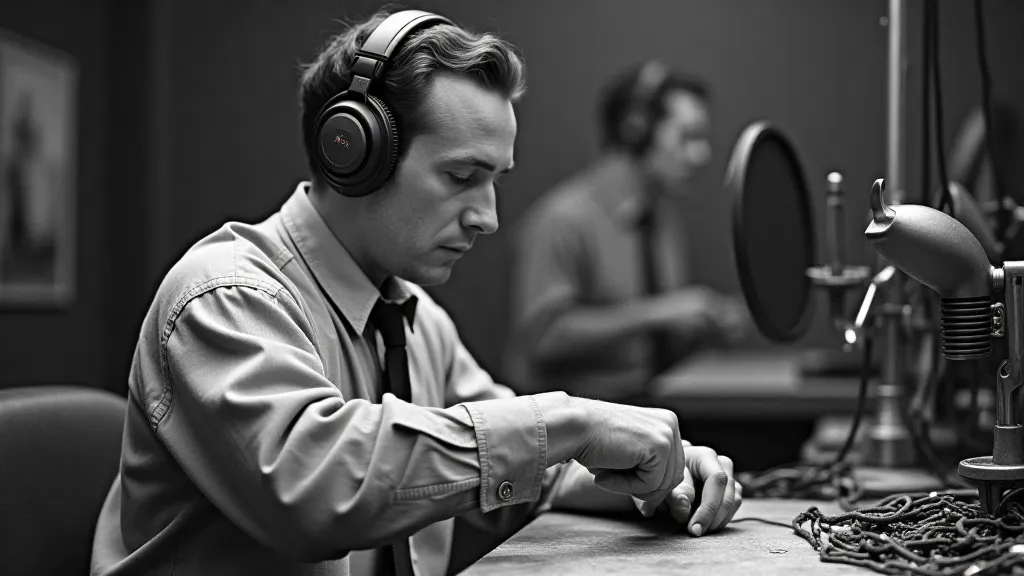
Why Radio Dramas Held Such Sway
The popularity of radio dramas wasn't simply a matter of novelty or escapism. It was deeply intertwined with the social and cultural fabric of the time. In a pre-television era, radio was the primary source of entertainment for millions of Americans. Families gathered around the radio set for shared experiences, creating a sense of community and connection.
Furthermore, radio dramas offered a sense of immediacy and intimacy that was often lacking in other forms of entertainment. Listeners felt as though they were eavesdropping on a private conversation, sharing in the joys and sorrows of the characters. This fostered a level of emotional investment that is difficult to replicate in today's increasingly fragmented media landscape.
The Great Depression also created a need for uplifting and entertaining content. Radio dramas provided an escape from the hardships of daily life, offering moments of joy, laughter, and suspense. They served as a reminder that even in the darkest of times, there was still hope and beauty to be found.
The Echoes Remain
While the Golden Age of Radio Drama may have passed, its legacy continues to resonate. Audio dramas are experiencing a resurgence in popularity, fueled by podcasts and online streaming platforms. Modern creators are drawing inspiration from the classic radio programs, adapting them for new audiences and exploring innovative storytelling techniques.
Restoring antique radios isn't just about repairing electronics; it's about preserving a piece of history. It’s about reconnecting with a time when families gathered around the radio, sharing stories and creating memories. When I tune my grandfather’s Philco, and hear the familiar crackle of static, I’m not just listening to an old radio; I'm hearing the echoes of a bygone era – a testament to the power of imagination, community, and the enduring magic of storytelling.
